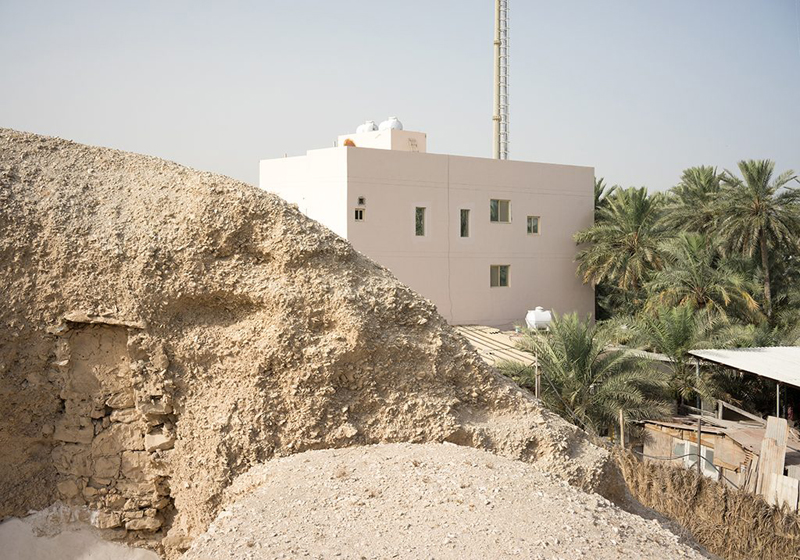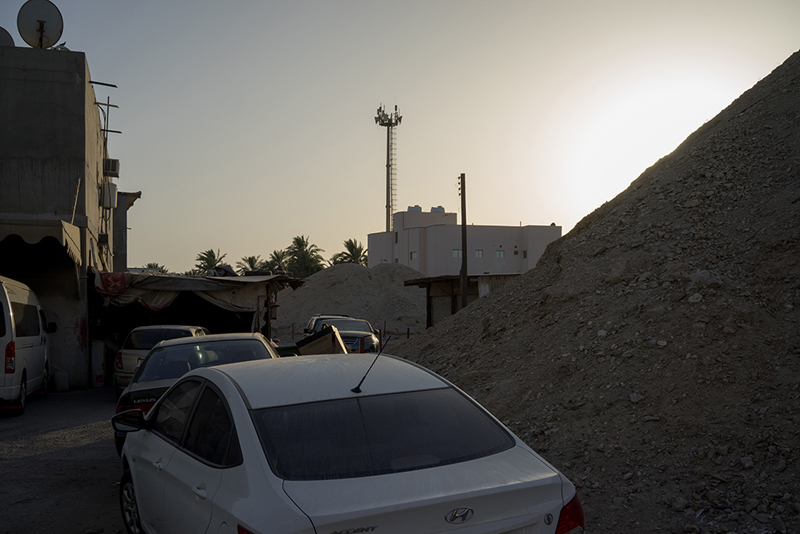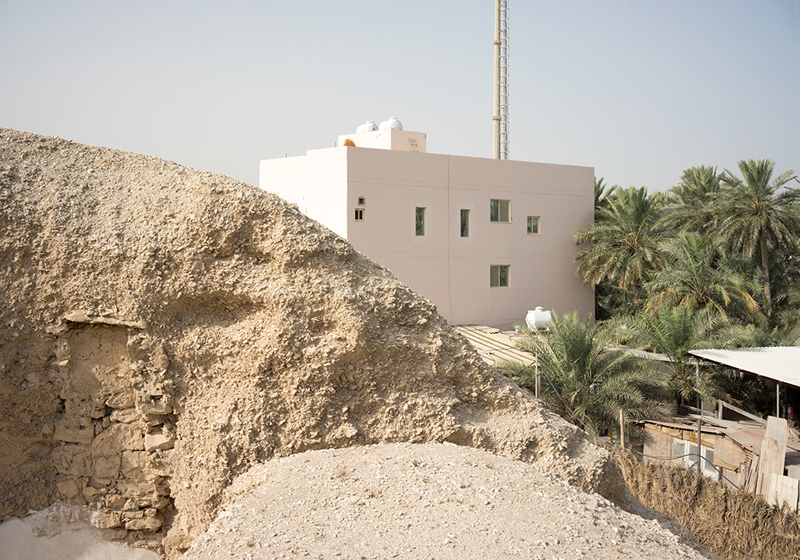
The individual dwelling
Martin Marker Larsen & Christian Vennerstrøm
CHAPTER II: PRIMARY ELEMENTS AND THE CONCEPT OF AREA The Individual Dwelling The following are simple thoughts, images and a bit of text that have been travelling between Switzerland and Bahrain in the summer of 2016. The starting point was a series of images capturing the simple fact that over the last 40-50 years […]
CHAPTER II: PRIMARY ELEMENTS AND THE CONCEPT OF AREA
The Individual Dwelling
The following are simple thoughts, images and a bit of text that have been travelling between Switzerland and Bahrain in the summer of 2016. The starting point was a series of images capturing the simple fact that over the last 40-50 years the town of A’ali has grown in size and density expanding into the ancient burial fields of Bahrain. Many thousands of single person or family sized mounds have been cleared to make space for new infrastructure and housing. Several mounds have been significantly altered to make space for private parking and roads. Some grave chambers have been exposed to the city while others have been half way dissected leaving only a few cuts open and the remaining mound intact. The static mounds have become a part of a dynamic web of relations and interrelations that flow within a contemporary city. This cohabitation affects not only the city, but also these structures. The result is an interesting relation between something as dynamic as life and something as static as death.
By being part of the city these burial places becomes part of the collective unconsciousness. Like churches or monasteries they are simple signs, static urban facts and yet they are undeniably part of the everyday life surrounding them. Maybe the contemporary life needs these stable points to establish a relation to death. But why should a permanent place be important to the dead when the living that keep their memories alive are constantly moving around in a non-permanent way. Everything is now mobile and negotiable. Even death is now fluid and dissolvable.
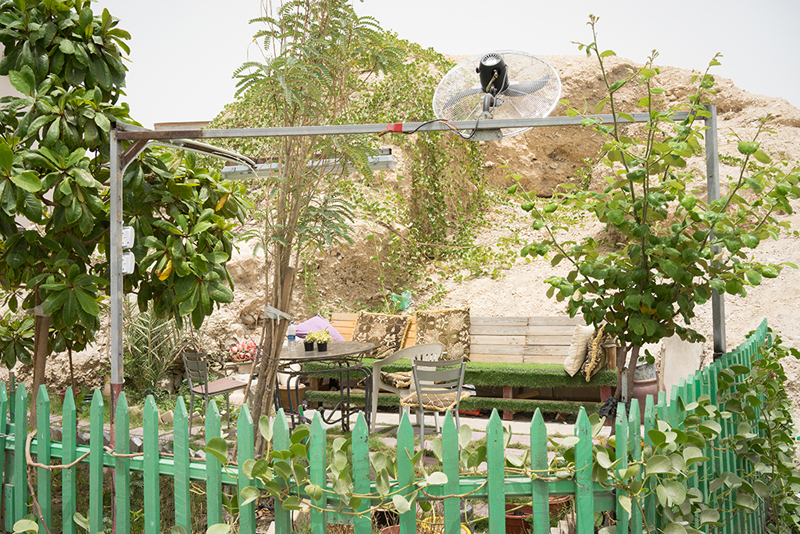
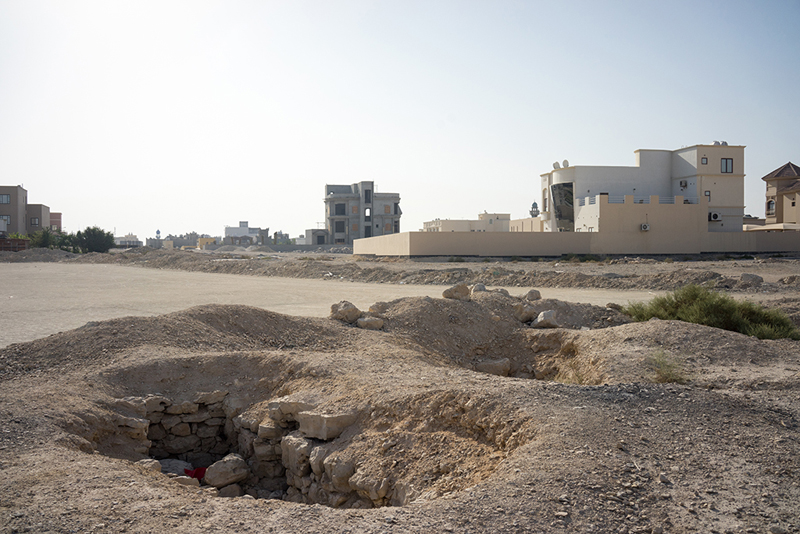
We keep making piles into cities.
Cities become piles upon piles.
And cities become new cities
new cities upon old piles.
Cities are made from piles
upon bodies.
New houses are build around the body.
Around the body and the needs of the body.
For practical reasons or
for the reason of no practical reason.
New houses become old houses.
Keys, nameplates and addresses change hands
as cities are smouldering.
And cities are smouldering
back into piles upon bodies.
Letting go of being
like old skin falling.
When all has settled
and the air is clear
stands a new in its place
seemingly alike.
The form of
graves and faith
heavy and stabile
make beds and cover.
It vibrates inside time and falls apart.
In un-expected frequencies
it all falls into piles.
The question is whether our perception of signs is ready to change with the same speed and dynamics as everything surrounding us.
Christian Vennerstrøm (born 1988) studied to become an architect at The Royal Danish Academy of Fine Arts, School of Architecture in Copenhagen. After graduating in 2015 he went to live in Bahrain where he is now working for Studio Anne Holtrop.
Martin Marker Larsen (born 1987) is an architect and painter. He graduated from the Royal Danish Academy of Fine Arts, and has worked at the offices of Christ und Gatenbein and Herzog & de Meuron.
